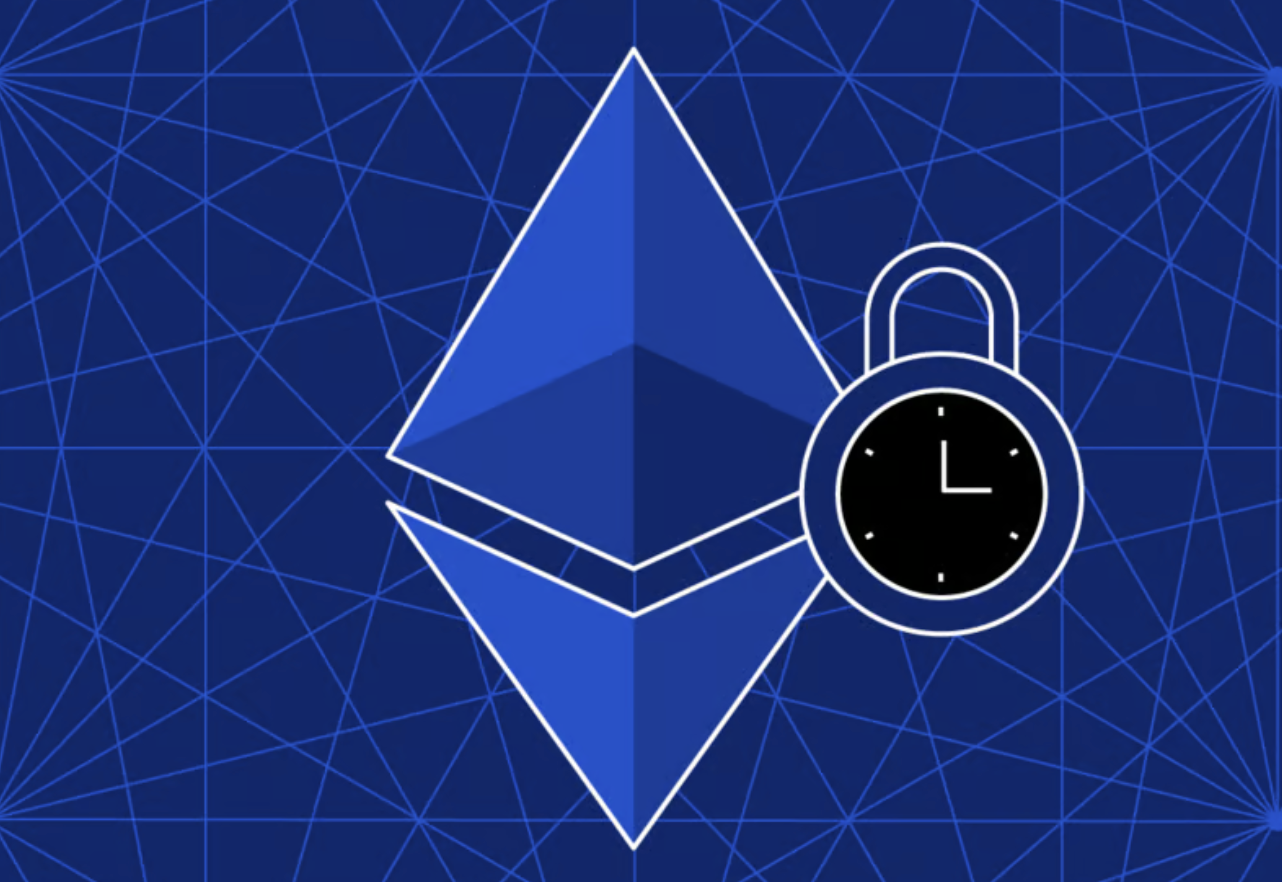
Ethereum’s ERC-4337: The Game-Changing Feature That Makes Crypto Asset Recovery Easier
Game changing
A new development in the world of cryptocurrency has emerged with the launch of ERC-4337, also known as “account abstraction.” This new standard has enabled the creation of smart accounts, which are expected to make crypto more user-friendly and help with mainstream adoption.
Ethereum Foundation security researcher Yoav Weiss announced at WalletCon in Denver that the core contracts for ERC-4337 have passed an audit by Open Zeppelin and will be available on every Ethereum Virtual Machine compatible network. With smart accounts, new users will no longer have to go through the complicated process of setting up a wallet or learning about seed phrases to enter the world of decentralized finance.
This development has the potential to make the management of crypto assets more accessible and easy to understand for everyone.
“The next billion users are not going to write 12 words on a piece of paper. Normal people don’t do that,” Yoav Weiss told to CoinTelegraph.
"EIP-4337 is going to take a year or whatever" - @sashaaldrick of @gelatonetwork
— John Rising (@johnrising_) February 25, 2023
You're in for a big surprise
More accessible to new users
In addition to making crypto more accessible to new users, account abstraction has other benefits as well. One such benefit is that it allows the cryptographic keys used for cryptocurrency to be stored on standard smartphone security modules, effectively upgrading them to hardware wallets. However, there are still security concerns surrounding the use of smartphones as hardware wallets since the screen can still be a vulnerability. Another issue to consider is the cost of gas on the mainnet, which may be high initially, but it is more affordable on other EVM chains and Layer 2s.
Moreover, account abstraction also enables the use of two-factor authentication, which allows users to sign transactions on their phones using biometric identification, such as fingerprints or face scans. It also allows users to set monthly spending limits on their accounts and use session keys to play blockchain games without the need to frequently approve transactions.
In case a user loses their phone or device, they can use the time-locked social recovery feature of their account via a group of trusted friends or a commercial service. This feature provides an added layer of security to ensure that users can recover their accounts and assets even if they lose their device.
Weiss said:
“It gives you the same features a bank would without having to trust a bank.”
2 years of development
The development of ERC-4337 has been in progress for two years, with funding provided by grants from the Ethereum Foundation. Although smart contract wallets from Argent and Gnosis have similar functionality, they require centralized relays to pay gas fees, while ERC-4337 decentralizes the entire system.
Yoav Weiss, one of the lead authors of Ethereum Improvement Proposal (EIP) 4337, alongside Ethereum co-founder Vitalik Buterin and five others, stated that Buterin had first introduced the concept nine years ago, before Ethereum was even launched, and it has taken them this long to bring it to fruition.
Previously, there have been numerous proposals to enable account abstraction, but all required a difficult hard fork of Ethereum and were not prioritized over more pressing upgrades such as the Merge. However, ERC-4337 takes a different approach that utilizes decentralized infrastructure called “bundlers.”
In very simple terms, the process works like this: a smart wallet signs a “user operation” which gets fired to a special mempool, which is basically just an organized queue of transactions (albeit a different queue than Ethereum’s normal mempool).
Bundlers are like miners or validators, taking user operations from the mempool and delivering the desired result back to the wallet. The bundlers also pay for the gas (transaction fee) required and are compensated by the user’s contract account or by a third party known as a “paymaster.” This could be a decentralized application (DApp) or it could be a wallet provider.
The first production grade bundler to be deployed on mainnet is from wallet and infrastructure provider Stackup, but more will be available soon. “It’s permissionless; anyone can run a bundler,” says Weiss. “It’s not censorable.”
Smart accounts, or account abstraction, is shaping up as a key theme for crypto in 2023. The technology has already been incorporated natively into zk-Rollup layer 2 solutions from StarkWare and zkSync and Visa designed an automated crypto bill payment system that makes use of it.

